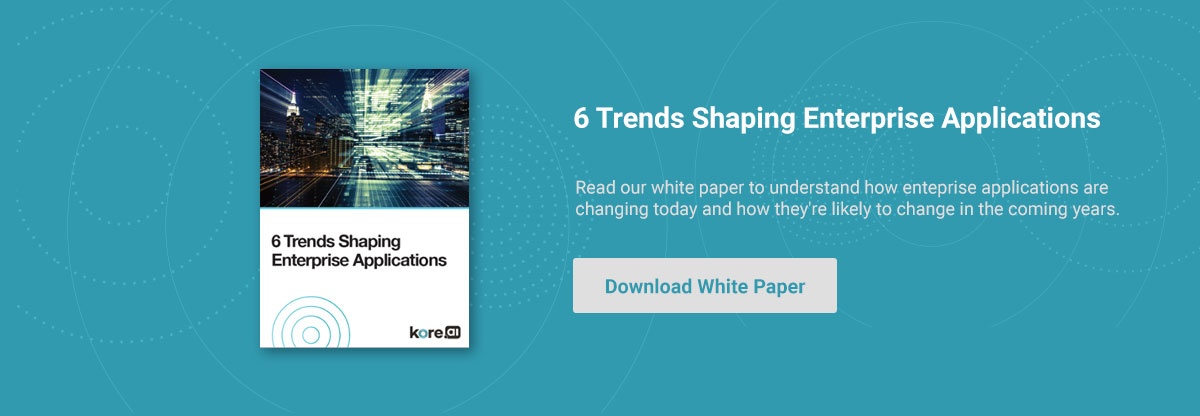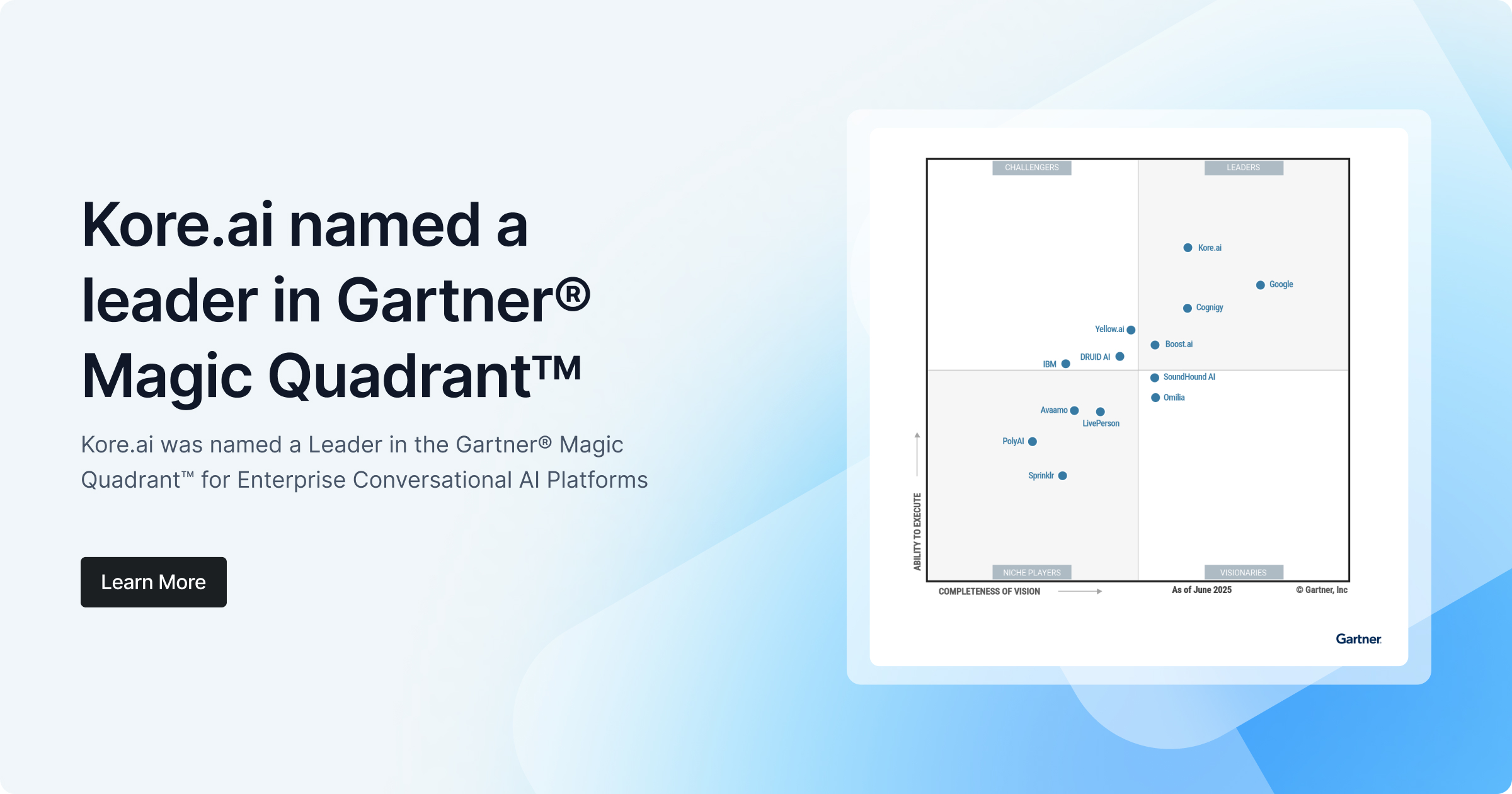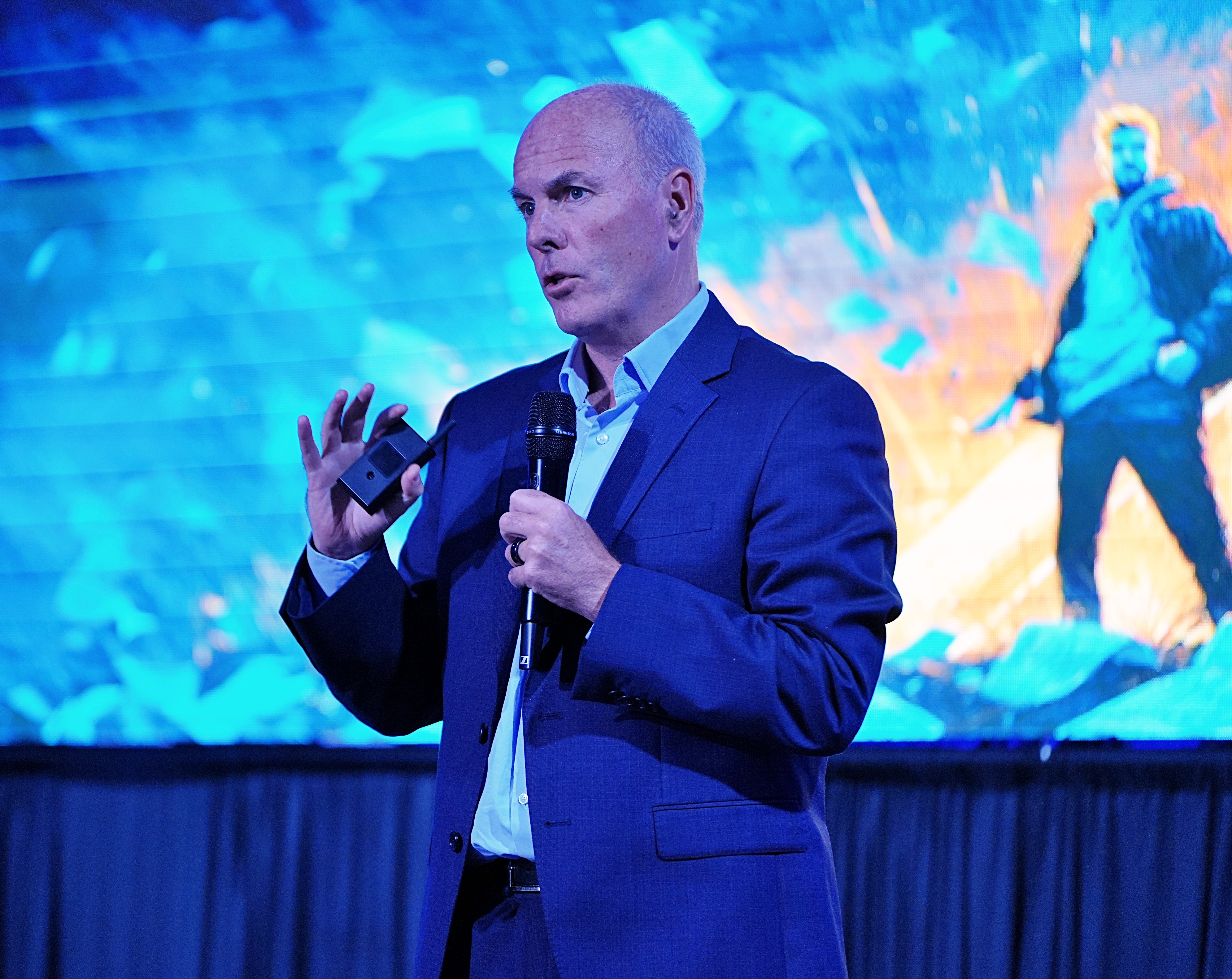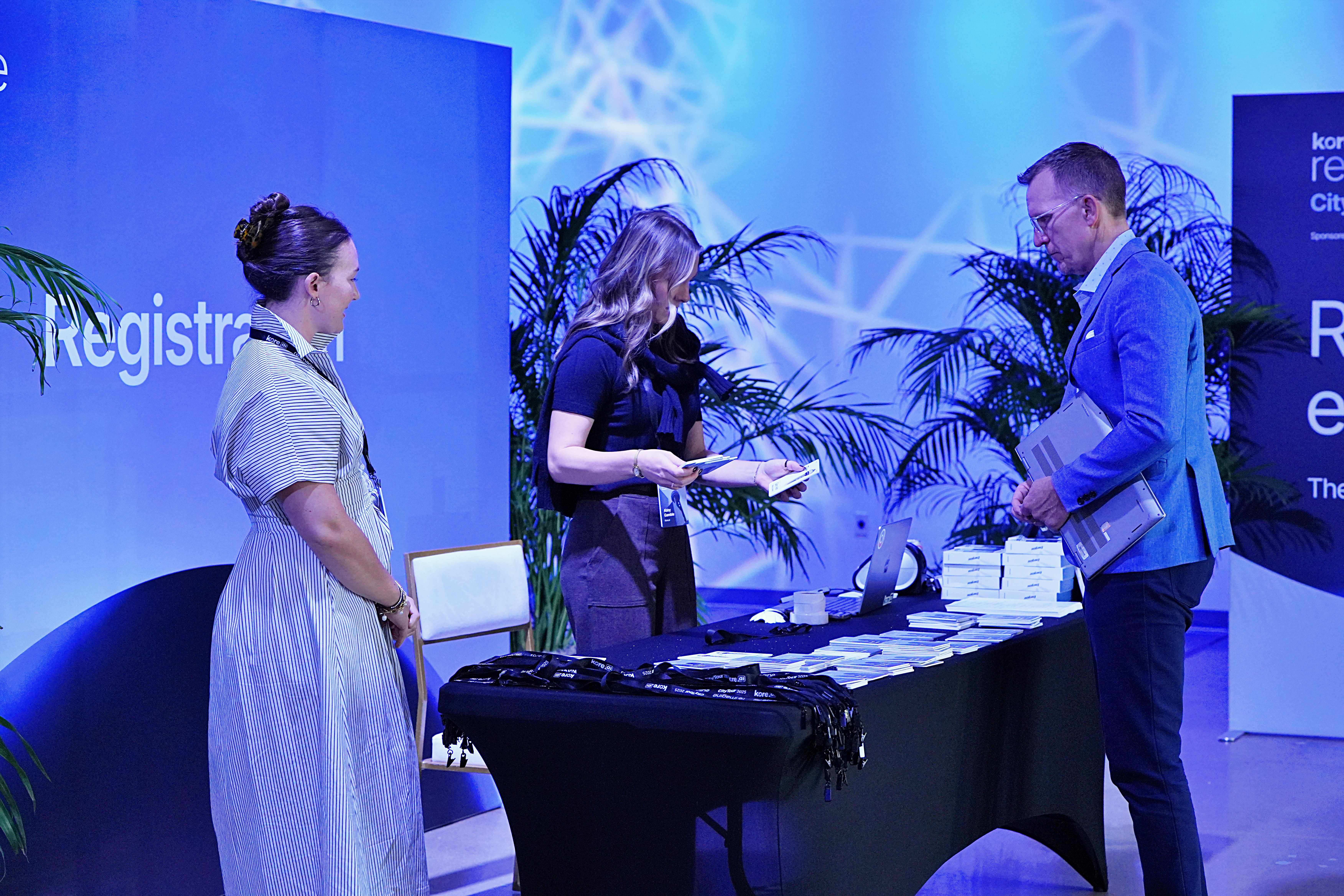Organizations with plans to modernize their enterprise applications systems should consider these trends.
Enterprise IT is undergoing transformations as dramatic as any in its history. Roughly a third of all workloads now run in the cloud. For many organizations, cloud computing (including the rise of “cloud native” architectures) has become the default model for application deployment. Meanwhile, mobile devices have become the platform of choice for employees and customers — always on hand and preferred for both business and personal tasks.
On the other hand, artificial intelligence (AI) is gaining importance among global enterprises. Gartner predicts that by 2021 40% of new enterprise applications implemented by service providers will include AI technologies.
To understand how enterprise applications are changing today and how they're likely to change in the coming years — let’s focus on these six key trends.
Also Read: How AI Enabled Chatbots are Fueling the Growth of Conversational Commerce |
Trend No. 1 - More and more business leaders are embracing conversational AI
A significant number of business leaders and product managers are taking clues from digital giants like — Facebook, Amazon, Apple, Google, etc. — and investing heavily to deploy AI powered conversational bots, voice search and VPA applications. These enterprises are embracing AI to lower operating costs and reduce consumer friction to make purchases. AI for conversational platforms leverages natural language interfaces and cutting-edge innovations in many ways. As rapid innovation is happening in AI, conversational platforms are developing huge potential for addressing enterprise user needs.
Trend No. 2 - Natural language processing to boost business intelligence
As AI and natural language processing (NLP) technology matures, the computer will start getting better at understanding the query and start to deliver answers rather than search results.To start with, the data chatbot will take more complex questions and return pages of data for you to analyze. But once it learns the semantic relations and inferences of the question, it will be able to automatically perform the filtering and organization necessary to provide an intelligible answer, rather than simply showing you data.
Trend No. 3 - Mobile devices are the new standard for application interfaces
Speaking of mobile devices, mobile computing is no longer a logistical privilege reserved for sales teams, field technicians, and C-suite executives. It is now the preferred mode of network access and application usage for a majority of office workers and other professionals.
Read Also: What Kore.ai’s Bots Platform 6.1 Means To Global Enterprises
Trend No. 4 - Messaging is becoming the new standard for online communication.
Messaging is already one of the most popular mobile activities. The typical mobile user in the U.S. spends nearly 10% of their device time engaged in messaging (not including another 17% engaged on Facebook, which is similar to messaging). The rise of AI chatbots is fuelled by the surge of messaging platforms that have redefined conversations with services and businesses. Chatbots are emerging as a tool for having one-on-one conversations.
Also Read: Digital Customer Service: How Chatbots will transform Traditional IVR |
Trend No. 5 - Departments and individual employees are driving the adoption of new technology.
When software ran on expensive on-premises servers, there was no way for employees to purchase and provision software without going through the IT department. Employees might be able to sneak stand-alone applications onto their desktop systems, but multi-user applications usually required access to a server and hence the approval and oversight of the IT department.
Trend No. 6 - Security and compliance are being built into every aspect of enterprise IT.
As microservices replace monolithic applications and IT decision-making becomes more democratic and diffuse, it’s important for enterprises to preserve their long-standing commitments to security and compliance. Replacing monolithic applications with more diverse services authored in different languages and by different teams broadens the “attack surface” of enterprises.
These six trends have not finished transforming enterprise software applications. In the years ahead, we should expect to see applications become more diffused, more AI driven, more automated, and more accessible through a common, secure messaging interface.
Also Read: 7 Ways Conversational AI Transforms the Digital Marketing Landscape |
Read our white paper to understand how enterprise applications are changing today and how they're likely to change in the coming years.











